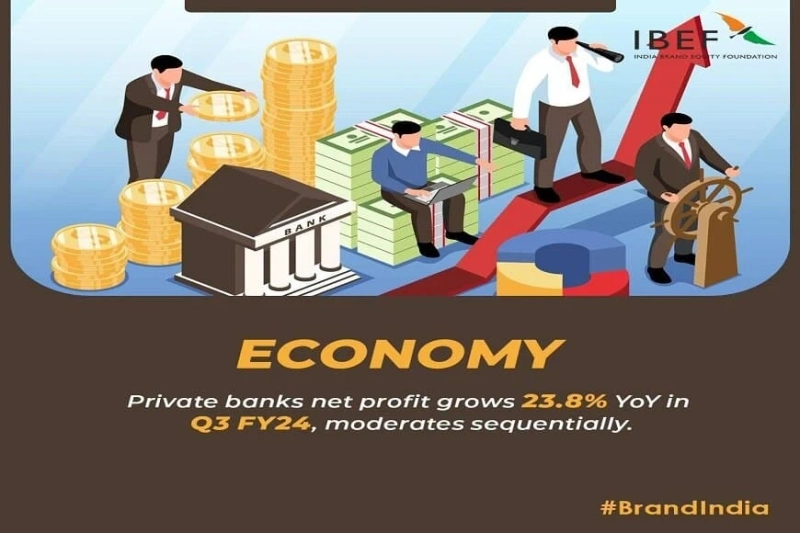In recent years, the Indian banking sector has witnessed a significant transformation, driven by digital technology. This shift towards digitalization is not just reshaping the operational frameworks of banks but is also redefining the customer banking experience. From public sector banks to private entities, the wave of digital transformation is sweeping across the entire spectrum of the Indian banking system, promising a future that is more accessible, efficient, and secure.
The Banking System in India: An Overview
The banking system in India is a comprehensive network that includes public sector banks, private sector banks, foreign banks, regional rural banks, and urban/rural cooperative banks. Historically, the sector has been dominated by public sector banks, which have played a pivotal role in the economic development of the country. However, over the past few decades, private sector banks have emerged as strong contenders, bringing in competitive products and services, enhanced efficiency, and a customer-centric approach.
The Digital Leap in Indian Banks
Digital transformation in Indian banks is a trend and a strategic necessity. The introduction of Internet banking in the late 1990s marked the beginning of this digital journey. Today, the scenario has evolved exponentially by integrating advanced technologies like artificial intelligence, blockchain, and machine learning. These technologies are revolutionizing banking operations, from customer service and risk management to transaction processing and compliance.
One of the most significant digital initiatives in banking in India is the Unified Payments Interface (UPI), which facilitates instant money transfers through mobile devices. Launched by the National Payments Corporation of India, UPI has become a game-changer, making India one of the leaders in digital payments globally.
Moreover, the Indian government\'s push towards a \'Digital India\' has further accelerated the digital transformation in banking. Initiatives like the Jan Dhan Yojana have expanded banking access to the unbanked populations, leveraging technology to bring them into the formal financial system.
Impact on Public Sector Banks
Public sector banks, which have traditionally relied on extensive branch networks, are now embracing digital channels to enhance their service delivery. They are investing in digital banking platforms, mobile banking, and fintech collaborations to streamline operations and improve customer experiences. This digital push is also helping these banks in tackling challenges related to operational efficiencies and non-performing assets.
The Rise of Private Sector Banks
Private sector banks in India have been at the forefront of adopting digital technologies. They have leveraged digital innovation to offer personalized banking services, superior customer engagement, and innovative financial products. This proactive approach towards digitalization has not only enabled them to expand their customer base but also to set new benchmarks in operational excellence and profitability.
The Future Landscape of the Banking Sector in India
The future of the Indian banking sector lies in its ability to seamlessly integrate technology with traditional banking practices. The following trends are expected to shape the future of banking in India:
- Enhanced Digital Customer Experience: Banks will continue to focus on providing a personalized and seamless digital banking experience to meet the evolving expectations of tech-savvy customers.
- Financial Inclusion through Technology: Digital banking will play a crucial role in extending financial services to the rural and semi-urban populations, thus driving financial inclusion.
- Innovative Financial Products: The use of big data and analytics will enable banks to offer customized financial products and services, catering to the specific needs of individual customers.
- Cybersecurity: As digital banking grows, so does the threat landscape. Banks will invest heavily in advanced cybersecurity measures to protect customer data and ensure secure transactions.
- Collaboration with Fintech: Collaborations between traditional banks and fintech companies will intensify, leading to the development of innovative solutions that can enhance the efficiency and reach of banking services.
Conclusion
The digital transformation in the Indian banking sector is a continuous journey. While significant strides have been made, the pace of change is only set to accelerate in the coming years. As banks navigate through this digital evolution, the focus will be on adopting new technologies, enhancing customer experiences, and ensuring robust security frameworks. The future of Indian banking, thus, looks promising, with digital innovation at its core, ready to meet the demands of a dynamic global economy. This transformation not only holds the potential to propel the banking system in India to new heights but also to redefine the financial landscape of the country.



